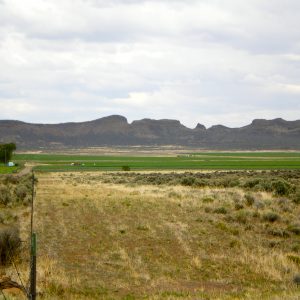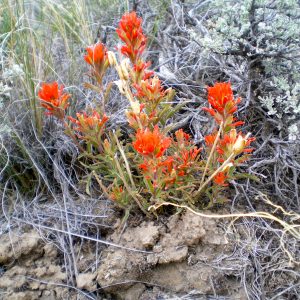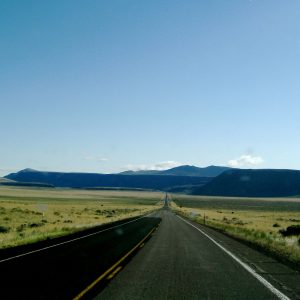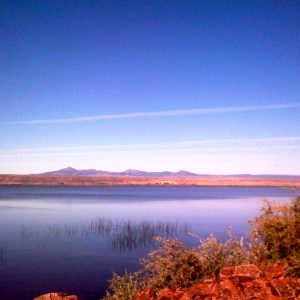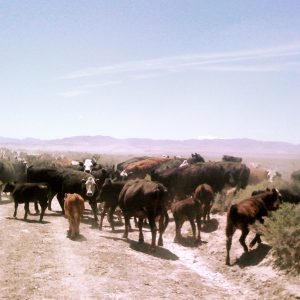Top 5 new plants in no particular order (I thought about doing “things I left at the hotel in Chicago” but it would have been longer then 5):
1.)Indian paintbrush (Castilleja spp.) The colorful bracts are beautiful, I’ve seen a bunch of different colors so far and I can’t really pick a favorite. I recently learned they were parasitic which is pretty nifty.
2.)Sagebrush (Artemisia tridentata) Okay, its everywhere but it smells amazing and its fascinating to see a climax ecosystem where sagebrush is the big kahuna instead of oak/beech which is what I’m used to seeing
3.)Pineapple-weed (Matricaria disocidea) Smells amazing, highly recommend you find some.
4.)Sego lily (Calochortus nuttallii) A really pretty delicate flower, almost seems out of place in some harsher areas
5.)Lodgepole pine (Pinus contorta) Finally this guy, we only have a bit on our BLM land but its really nice to be in a forest because I’ve found out that shade is a luxury in the basin.
I would just like to start out by thanking all of the staff and interns at the workshop. It was really an amazing experience to talk to other interns and see who they are and what they are doing with their own internship. I was really amazed at the amount of knowledge and dedication to natural resources that the other interns had, as well as just being awesome people (especially the Nates….but I may be biased). After meeting with a number of interns it really inspired me to look a lot harder at the prospect of grad school, thanks for the motivation guys! I’m really looking forward to doing some camping with some of the WY, CO, and UT crews. The CBG was amazing; I could have spent all day in the greenhouses just looking at all the impressive adaptations. All and all I couldn’t have asked for a better week, it was really eye opening and inspiring. Fast forward to this week and EVERYTHING IS ON FIRE!!!!…..okay that was a bit much but as someone coming from NJ it feels like that’s the case. On Tuesday morning the Worland BLM had its first large fire and everyone just jumped into action, these guys do not mess around! The office has been pretty empty the past few days because everyone is either out on the fire or playing some support role. The whole basin has been smoked out from the local fire as well as the fires from CO. I’ve been learning fire terminology (like tanker means an airplane, not a truck), firefighting methods, as well as reading up on post burn weed control to prevent noxious weeds from coming up after the burn and dominating the area. Its been a pretty crazy couple of days but hopefully the fire can be contained and everyone can stay safe. I’ll end this with lots of random pictures I’ve been meaning to upload.
-Nate T

